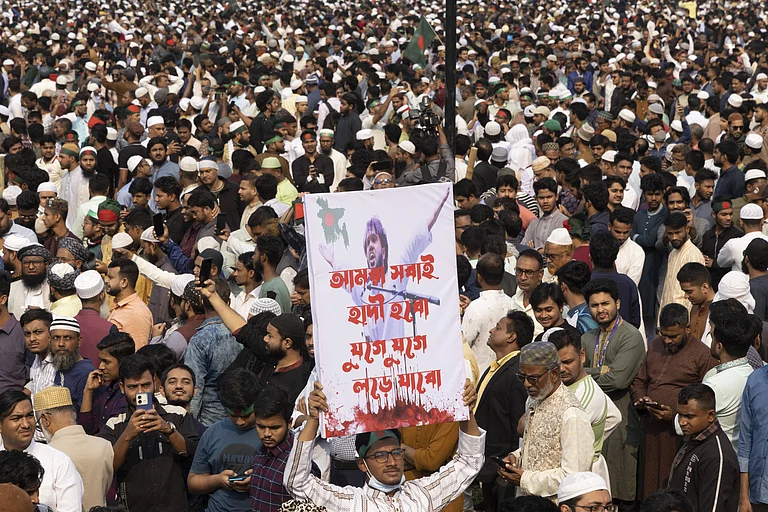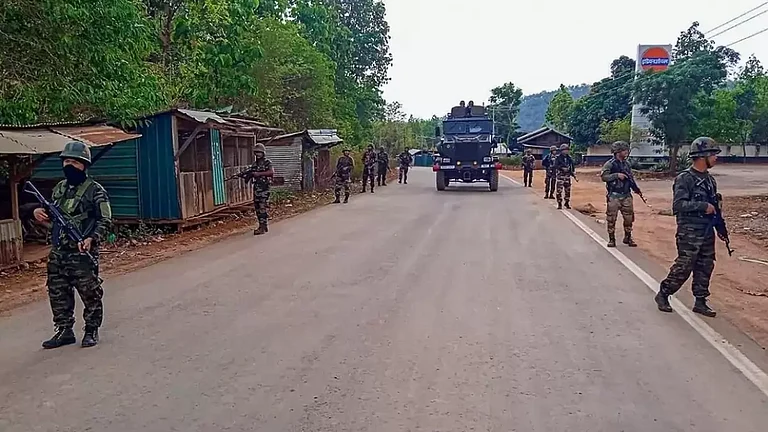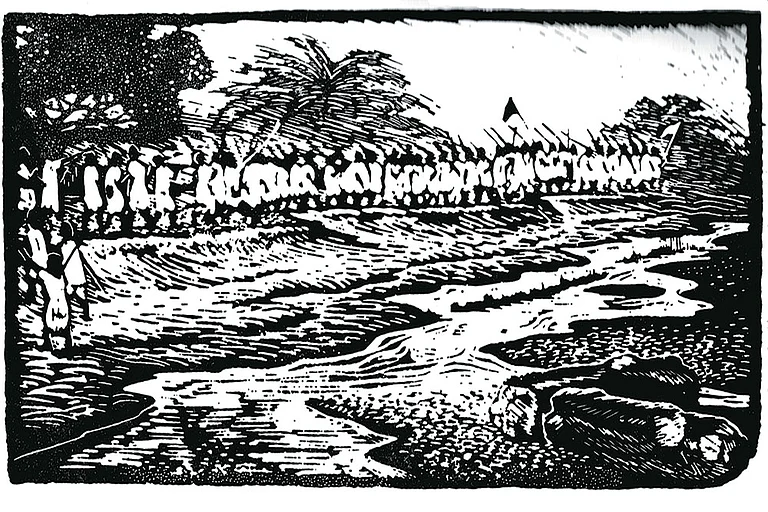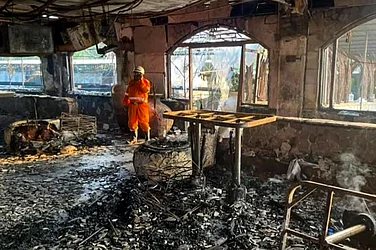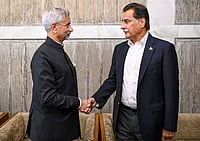On this day, January 21, 2024, the northeastern states of Manipur, Meghalaya, and Tripura are marking the anniversary of their Statehood Day. It was on January 21, 1972, that the government of India granted them statehood under the North Eastern Region (Reorganisation) Act, 1971.
As the states celebrate the foundation day, President Droupadi Murmu and Prime Minister Modi, along with leaders from both the ruling party and the opposition, extended their warm wishes to the states.
History
During British rule, India comprised 565 princely states, distinct from British India but connected through subsidiary alliances. The Government of India Act of 1935 introduced the Instrument of Accession, allowing princely states to join the Federation of India.
Initially met with resistance, many princely states eventually accepted the Instrument of Accession after the Second World War.
After gaining independence in 1947, several princely states chose to join the federation, while others retained their autonomy. Manipur and Tripura, initially princely states, became part of India in October 1949, while Meghalaya was part of Assam post-independence.
Formation Of Manipur
The Maharaja of Manipur, Bodhachandra Singh, signed the Instrument of Accession with India in 1947. The Indian Government assured the king that Manipur's internal autonomy would be preserved.
In response to public pressure, the king transformed Manipur into a constitutional monarchy in 1948-49, making it the first Indian region to conduct elections. However, by 1948, differences emerged in the Manipur assembly, and the Maharaja's influence waned among the public.
Also Read | The Manipur Turmoil: The Way Forward
In 1949, the Indian government entered into a merger agreement with the Maharaja of Manipur. Following Manipur's accession to India in 1947, the political agency administered by Assam was abolished. Two years later, Manipur became a union territory governed by a chief commissioner and an elected territorial council.
In 1969, the office of chief commissioner was replaced by that of a lieutenant governor, and the status was later changed to governor when Manipur became a constituent state of the Indian Union on January 21, 1972.
Formation of Meghalaya
Meghalaya, formed on January 21, 1972, is composed of three primary regions: Khasi hills, the Garo hills, and the Jaintia hills. In the mid-1830s, most local rulers submitted to British rule. Over the following century, the British exercised political control over the Khasi hills and the Garo hills. But the tribes, left to themselves, were able to preserve their traditional way of life in seclusion.
In 1947, the rulers of the region acceded to the newly independent country of India. India's first Prime Minister, Jawaharlal Nehru, formulated a policy to safeguard the way of life of the tribal peoples.
The region, along with other tribal areas, received special protection in the Indian constitution. Although initially included within the state of Assam, it retained a significant degree of autonomy.
As Assamese became the state's official language in 1960, a movement for autonomy and self-rule gained momentum. Unlike in many other hill regions in northeastern India, this movement was largely peaceful and constitutional. Meghalaya was established as an autonomous state within Assam in 1970 and achieved full statehood on January 21, 1972.
Formation of Tripura
Tripura initially refrained from signing the Instrument of Accession. The last ruling Maharaja of Tripura, Bir Bikram Kishore Manikya, assumed the throne in 1923. Before his passing in 1947, he settled Tripura's accession to the newly independent country of India. On October 15, 1949, Tripura officially became a part of India, transitioning to a union territory on September 1, 1956, and achieving statehood on January 21, 1972.
In the 1980s, Tripura witnessed significant ethnic violence, primarily driven by local demands for an independent tribal homeland. In 1988, tribal dissidents ceased hostilities and dropped demands for autonomy in return for increased participation in state government.








